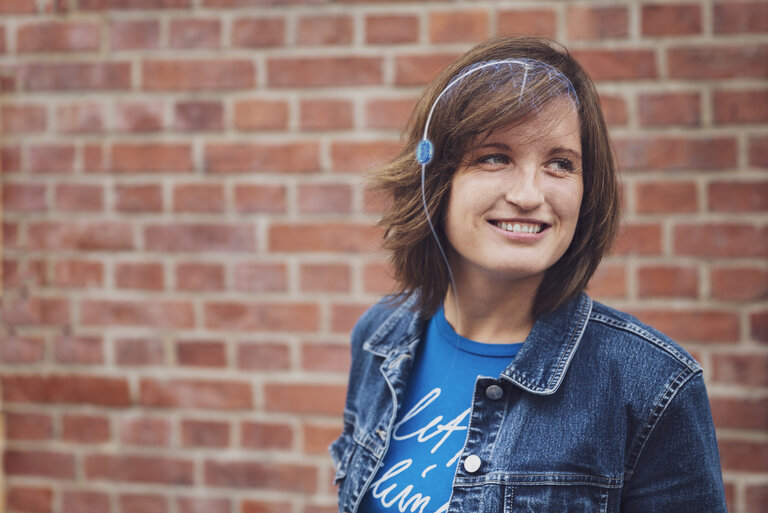Gravitational Valves
The shunt system forms a connection between the cerebrospinal fluid chambers (ventricles) and the abdominal cavity. You can imagine it as two cups connected by a tube: If both cups are at the same height, the water level is equalised. However, if one cup is held higher, the water flows downwards due to gravity.
The same would happen in the body if only a simple catheter without a valve were to be implanted:
- When lying down: the head and abdomen are at approximately the same height. There is no additional pressure due to gravity. The cerebrospinal fluid is then drained only by the difference in pressure between the head and abdomen.
- Standing up: The head is significantly higher than the abdomen. When standing, gravity affects the cerebrospinal fluid in the shunt system. This creates additional pressure in the direction of the abdominal cavity. This pressure would cause too much cerebrospinal fluid to be drained (overdrainage). The ventricles could shrink, which can cause symptoms such as headaches, dizziness or nausea.
To prevent this, each shunt system contains a valve that regulates the amount of cerebrospinal fluid that is drained. These valves must take into account the basic physical principle of gravity.
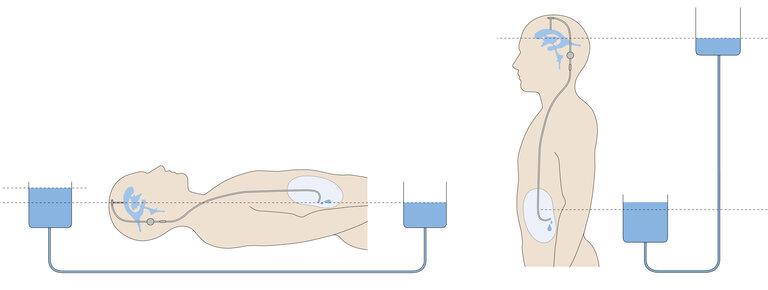
Gravitational Valve vs. Differential Pressure Valves
Where is the difference?
A differential pressure valve opens when a certain pressure difference is reached between the brain and the abdominal cavity - regardless of whether you are lying down or standing up. The problem is that gravity has an additional effect when the patient is standing, which can cause too much cerebrospinal fluid to drain out (overdrainage). To avoid this, a valve with a higher opening pressure is usually implanted. However, this can lead to too little drainage when the patient is lying down (underdrainage). The opening pressure of a differential pressure valve is a compromise between lying and standing.
This is where a gravitational valve comes in: It includes an additional component that recognises whether you are lying down or standing up. Gravitational valves consist of two units: a differential pressure unit that regulates the opening pressure when you are lying down and a gravitational unit that is only activated when standing up.
- When lying down: As the head and abdomen are at approximately the same height, there is no additional gravitational force acting on the shunt system. The differential pressure unit ensures that cerebrospinal fluid is only drained when the pressure in the brain exceeds a certain value. This enables sufficient but controlled drainage.
- Standing up: The head is significantly higher than the abdomen. Gravity creates an additional pressure difference that would increase the drainage. To prevent this, the gravitational unit becomes active: it increases the opening pressure of the valve so that cerebrospinal fluid only flows out when it is really necessary. This prevents too much cerebrospinal fluid from being drained (overdrainage).
Gravitational valves therefore ensure personalised drainage - without any compromises. The principles described above are also relevant in LP shunts. The gravity valves from MIETHKE are therefore suitable for both VP shunts and LP shunts.
How do MIETHKE gravitational valves work?
And how do they adapt to the individual needs of patients?


DO YOU HAVE ANY QUESTIONS ABOUT THE PRODUCT?
WE ARE THERE FOR YOU

OUR PARTNERSHIP
WITH B. BRAUN
B. Braun and MIETHKE - Together for a better life with hydrocephalus
We have a long and intensive partnership with B. Braun in the field of neurosurgery. We are driven by a common vision: to improve the lives of hydrocephalus patients around the world with innovative solutions.
Our partnership is an exciting combination of B. Braun's many years of expertise as one of the world's leading medical device and pharmaceutical companies and our agility as an innovative company and technology leader in gravitation-based shunt technology.
Our Strong Partner in Neurosurgery:
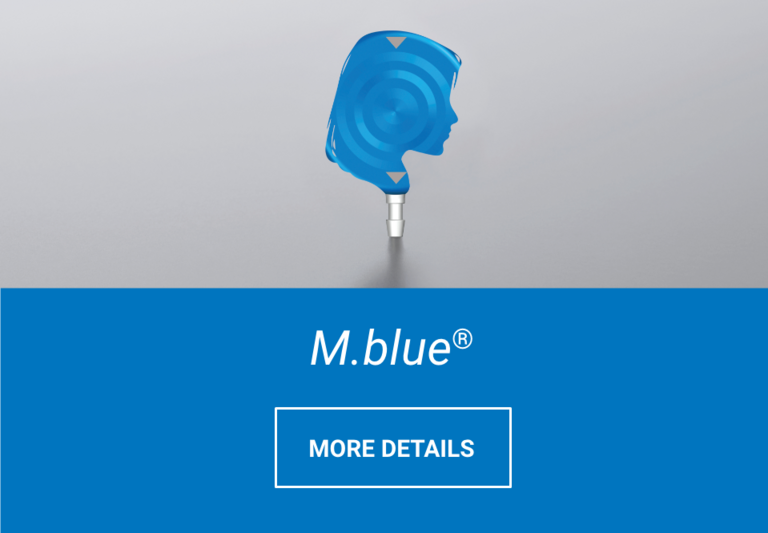


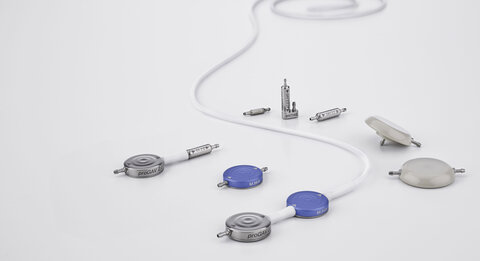

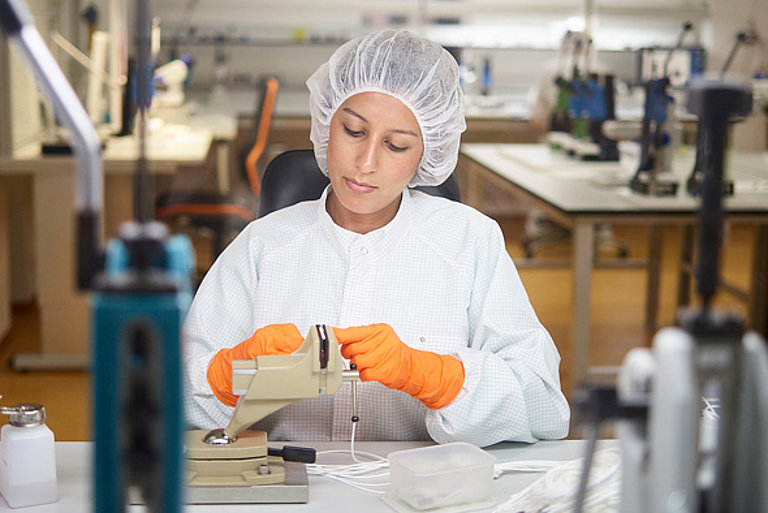
![[Translate to English:] [Translate to English:]](/fileadmin/_processed_/d/b/csm_MIETHKE_myhcandme_Slider_36e844cb46.png)
